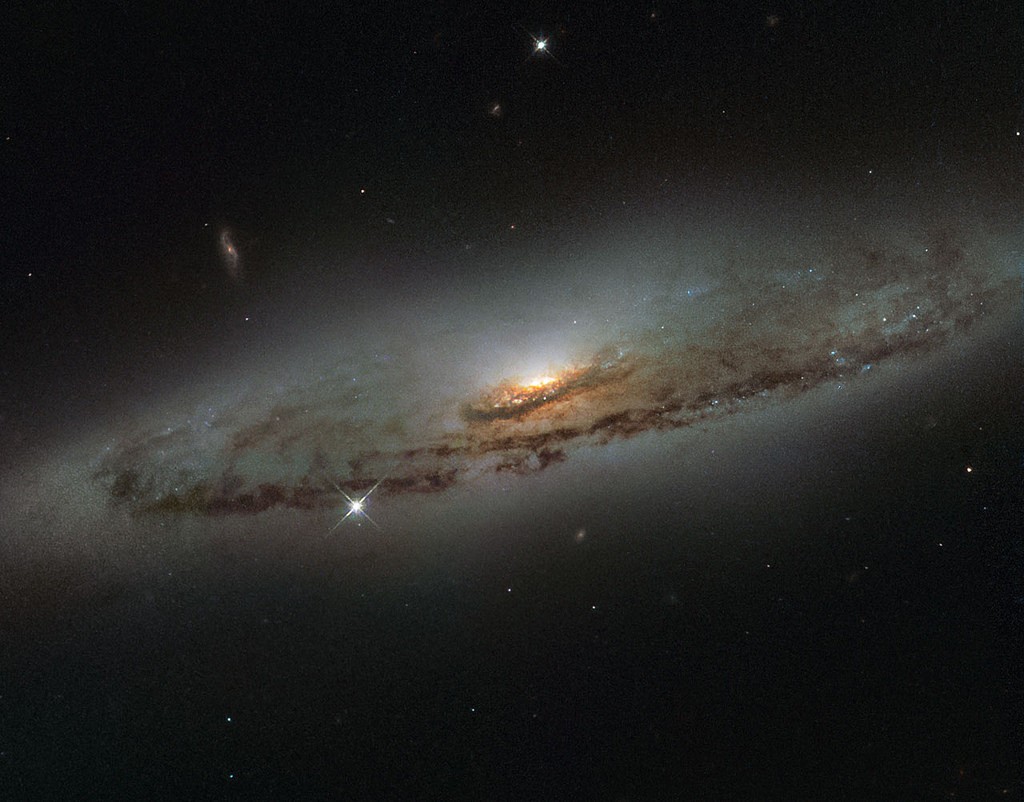-
Tips for becoming a good boxer - November 6, 2020
-
7 expert tips for making your hens night a memorable one - November 6, 2020
-
5 reasons to host your Christmas party on a cruise boat - November 6, 2020
-
What to do when you’re charged with a crime - November 6, 2020
-
Should you get one or multiple dogs? Here’s all you need to know - November 3, 2020
-
A Guide: How to Build Your Very Own Magic Mirror - February 14, 2019
-
Our Top Inspirational Baseball Stars - November 24, 2018
-
Five Tech Tools That Will Help You Turn Your Blog into a Business - November 24, 2018
-
How to Indulge on Vacation without Expanding Your Waist - November 9, 2018
-
5 Strategies for Businesses to Appeal to Today’s Increasingly Mobile-Crazed Customers - November 9, 2018
These unbelievable black holes could unlock the secrets of the universe
Astronomers recently discovered clues of an invisible black hole detected at a mass 100 times that of the Sun at the center of the Milky Way according to a Phys.org account. With the help of the Nobeyama 45-m Radio Telescope in Japan and the ASTE Telescope in Chile, scientists have found a “smoking gun” near the galactic center, which seemed to be a odd gas cloud, dubbed CO-0.40-0.22.
Advertisement
There seems to be a massive black hole lurking in the Milky Way.
If this is an IMBH, it could help scientists further understand the mysterious transition of a black hole from a small stellar-mass black hole to a supermassive black holes, which is right now largely unknown. The cloud consists of two components: a compact component with a low density, but with a very wide velocity dispersion (100 km per second) and the other component which is dense and extends 10 light-years and has a narrow velocity dispersion. It was clear that this is not a clear gas cloud because the gas which it contains has a very wide range of speeds.
If that is the case, this is the first detection of an intermediate mass black hole. The features have indicated that the velocity dispersion isn’t the result of a local energy input, like supernova explosions.
The computer simulations showed that the gas clouds were highly influenced by the presence of a gravity force.
“Investigations of gas motion with radio telescopes may provide a complementary way to search for dark black holes”, Oka added.
A separate study suggests that there are100 million black holes in our galaxy Milky Way but only few dozen are found so far while recent observations through radio telescopes reveal that there are a number of wide-velocity-dispersion compact clouds similar to CO-0.40-0.22.
The researchers believe they could be seeing something called an “intermediate mass” black hole, which, if true, would be the first time an object of this kind was detected. One idea is that they are formed from mergers of many intermediate mass black holes but no firm observational evidence for intermediate mass black holes has been found yet. A wide dispersion rate correlates with more chaotic, random and high-energy movement – characteristics that might describe the accretion disk around a black hole. Tomoharu Oka, a professor at Keio University and lead author of the study said.
Advertisement
Upon analyzing the data, the researchers discovered that that the CO-0.40-0.22 was shaped as an ellipsis and had two major components in its structure. As the gas clouds were the closes to the gravity source their speed reached the maximum intensity. The axes are in parsecs (1 parsec = 3.26 light years).




























